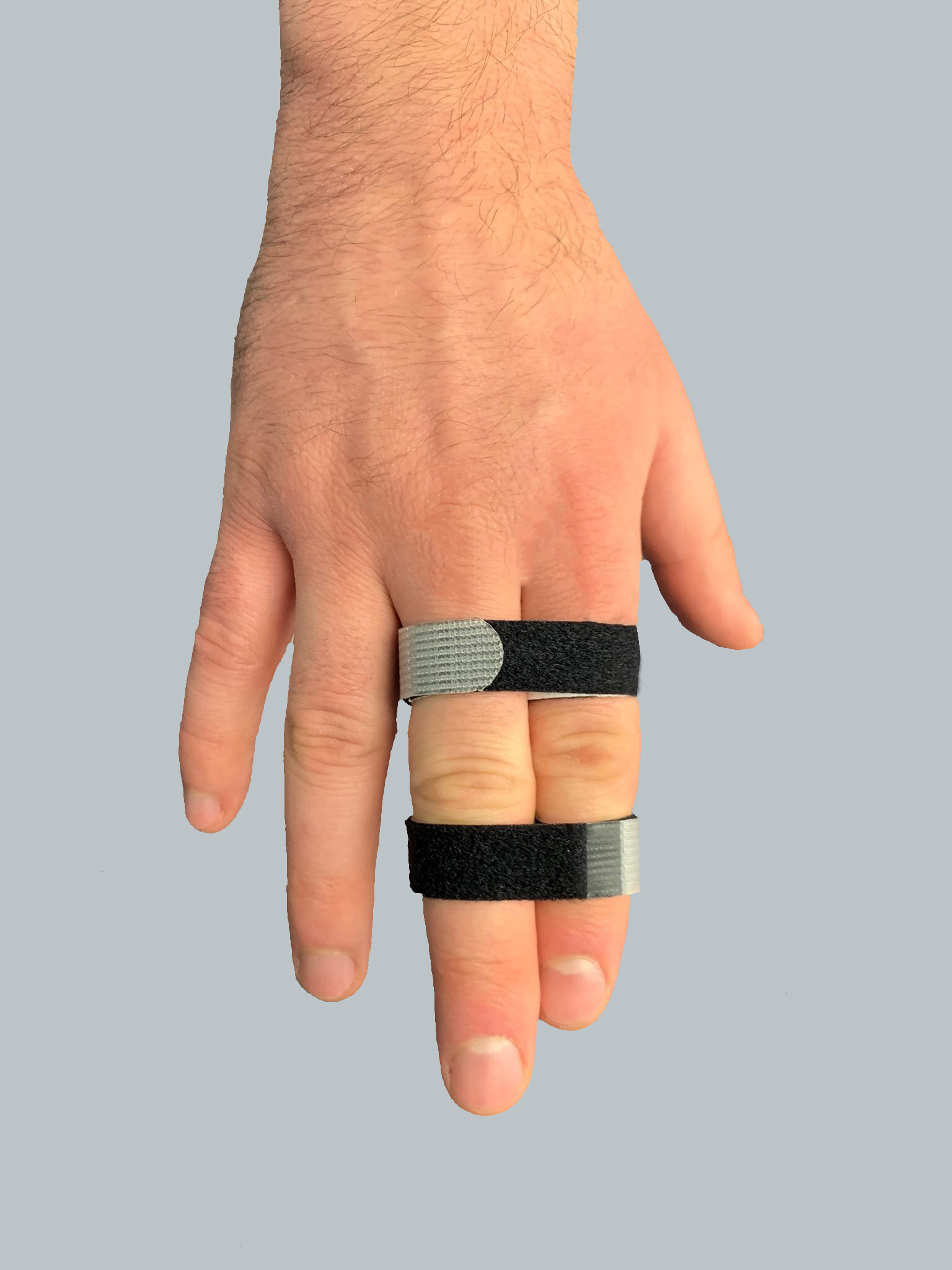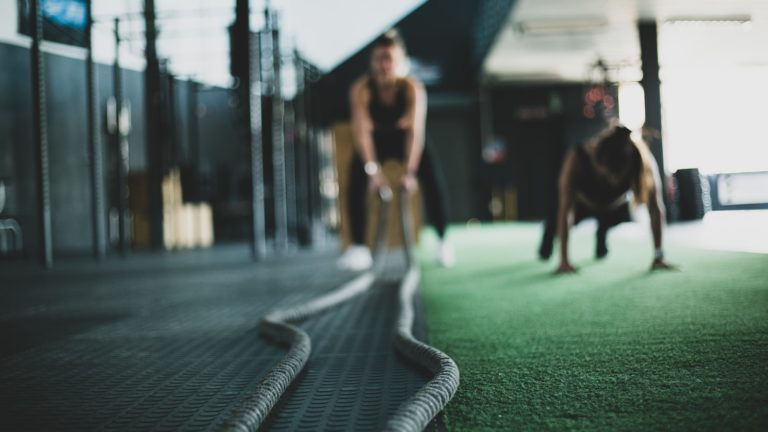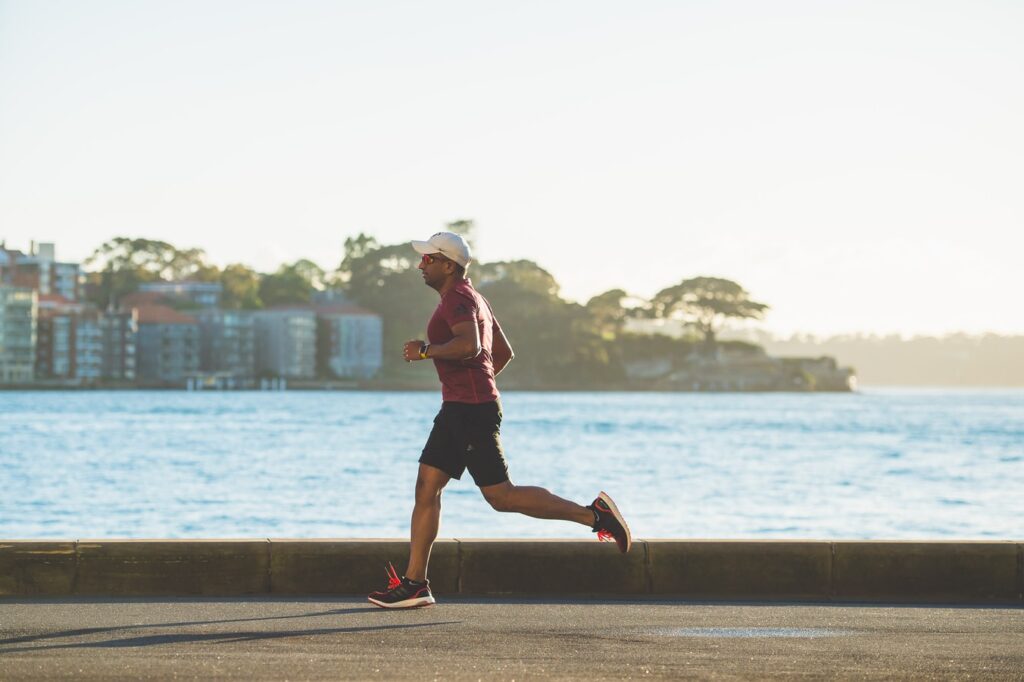By Ann Marie Feretti, EdD, OTR/L CHT Occupational Therapist,Certified Hand TherapistMOTION Regional Director, Occupational & Hand Therapy
A sprain occurs when a joint is stretched too far — causing stretching or tearing of ligament tissue that holds the joints together. Finger sprains, or “jams,” are one of the most common injuries in hand-focused sports, like basketball or volleyball, or sports where falls on hands are common, like football. To understand finger injuries and when you need to treat them, it is important to be familiar with the basic anatomy of the finger.
The finger has three joints: the metacarpal phalangeal joint (MCP joint) or big knuckle, the proximal interphalangeal joint (PIP joint) or the middle knuckle, and the distal interphalangeal joint (DIP joint) or the small knuckle at the tip of the finger. Each joint has ligaments on the sides, called collateral ligaments, that are often injured when fingers are hit from the side or landed on, and on the palm side, which get injured with hyperextension of the fingers.
After an injury, there will be pain, swelling and often stiffness or difficulty moving the finger. See a doctor immediately if the finger is obviously out of place, crooked or misshapen, cold, pale or numb, or if swelling and/or severe pain developed immediately within the first 30 minutes after the injury.
With minor injuries, typically the finger can be treated with RICE principles (rest, ice, compression and elevation). Another helpful treatment is to buddy tape the finger to the adjacent finger for increased stability. To do this, hold the injured finger next to the finger beside it, and tape them together; wrap the tape around the fingers (not too tightly) at the base of the finger and above the PIP joints (not over the knuckles). Placing thin foam between the fingers can also protect the skin. Buddy taping should allow some gentle movement, bending and straightening, so the fingers do not get too stiff.
If pain and swelling symptoms do not improve significantly after 48 to 72 hours of conservative treatment of RICE principles and buddy taping, you should make an appointment with your physician. We often see patients who let an injury go for several months with stiffness and pain. Once the finger is stiff for several months, it can take several weeks or even months of therapy treatment to regain motion and function.
When you go to the doctor, try to remember as much as possible about the original injury. For example, did you hear a pop or snap, and was the finger immediately swollen or misshapen. This can give the doctor important information about your injury. Treatment can include X-rays to check for broken bones and to evaluate the joint as well as looking for increased space or bones that are not aligned, which can indicate more severe sprains.
There are many finger injuries that will heal on their own, especially with care, rest and treatment at home. But it is important to see a doctor quickly when it is more serious to ensure the quickest recovery — leaving a serious injury for too long can make it very difficult to heal and regain full function.
Find out which MOTION locations offer hand & upper extremity center services.
Ann Marie Feretti, EdD, OTR/L, CHT
Occupational Therapist, Certified Hand Therapist
MOTION Regional Director, Occupational & Hand Therapy




